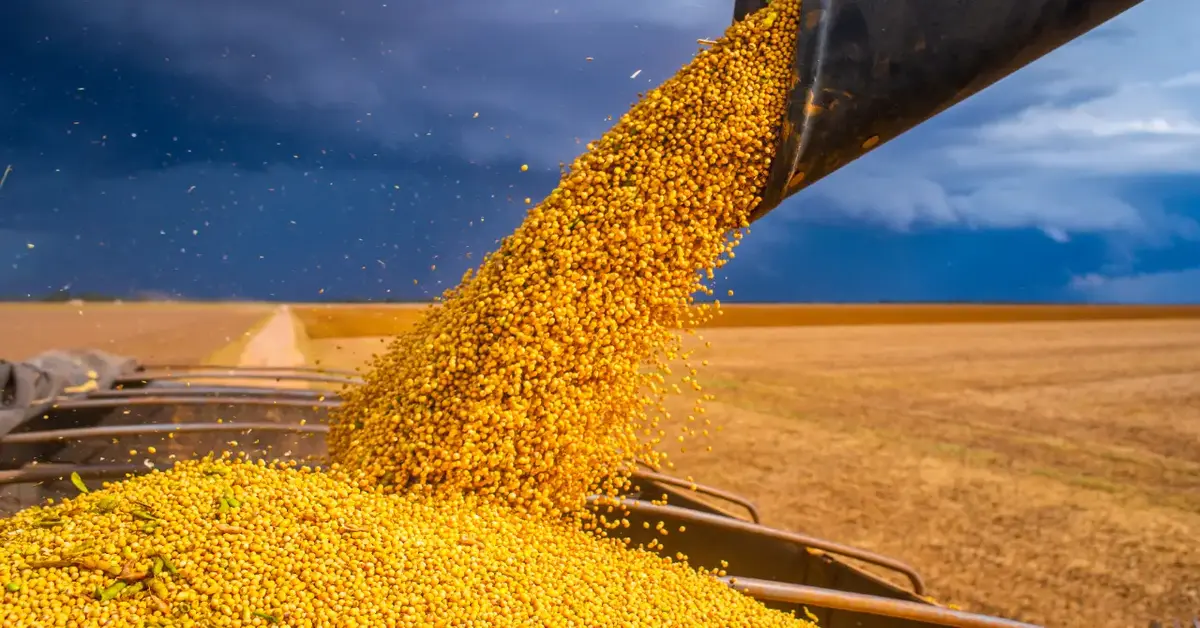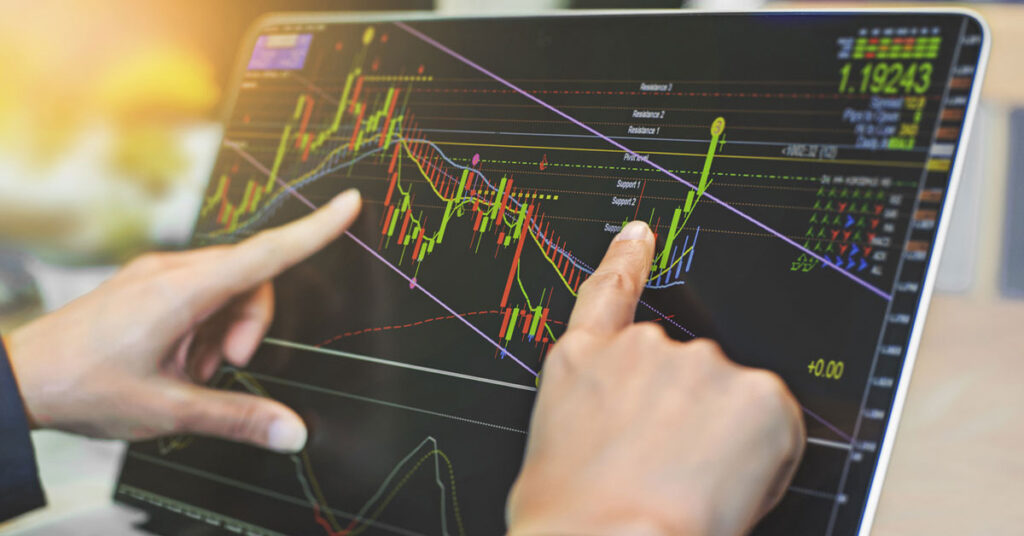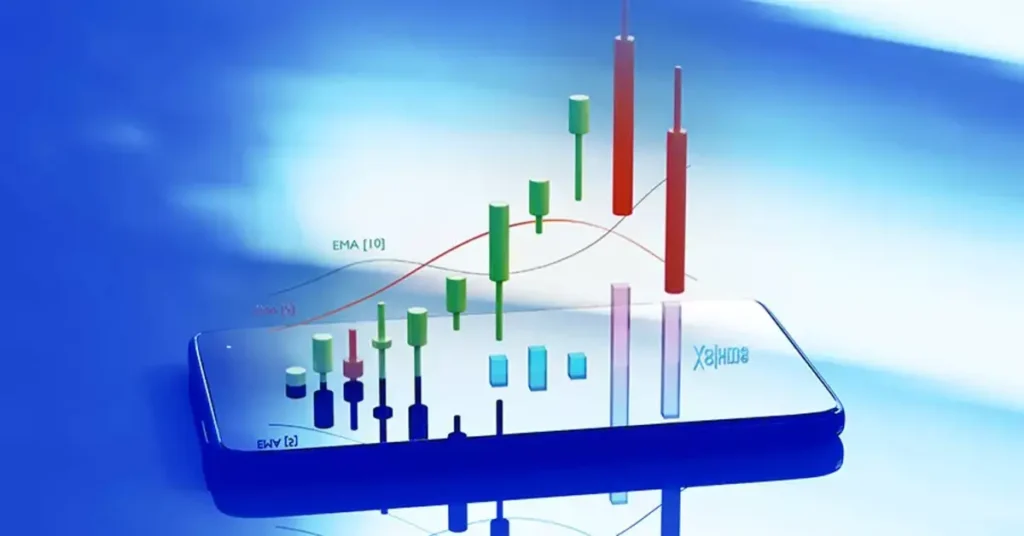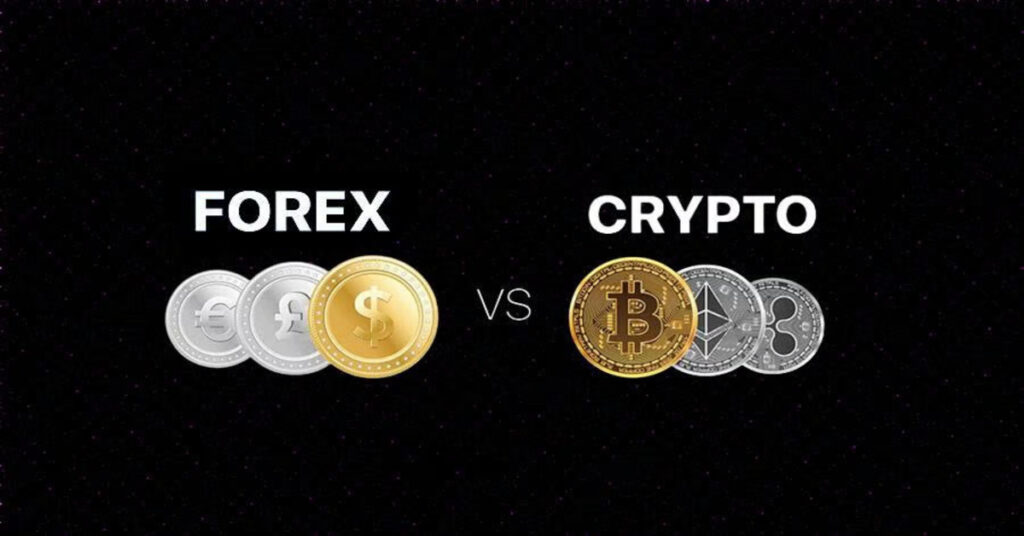How to Invest in Commodities: A Beginner’s Guide
Soaring energy and food prices have dominated the headlines over the last year, with agricultural commodities hitting all-time highs. The price of crude oil and natural gas has also risen by more than 60% in 2022. As a result, investors are turning to commodities as an alternative asset to equities and bonds.
While the commodity sector has delivered an average return of almost 60% over the last three years, the volatility of commodity prices can make for a rollercoaster ride. Despite enjoying net inflows in the first half of 2022, commodity funds saw a sharp exodus in the second half of the year as investors took fright at falling prices. In this article, the different options for commodity-based investments and the general outlook for the commodities sector will be explored. Stock market investment and investment directly in commodities is speculative and returns are not guaranteed. Your capital is at risk and you may not get back any money you invest. Nothing in this article is intended to be or should be taken as advice.
What are Commodities?
Commodities are natural resources and agricultural products that are essential inputs in the production of food, energy, and clothing. There are two primary types of commodities: ‘Soft’ commodities that are grown or reared, including livestock, meat, and agricultural commodities such as coffee, wheat, soybeans, cotton, and corn. The other type is ‘Hard’ commodities that are mined or extracted, including energy products such as crude oil, natural gas, and coal, and precious and industrial metals such as gold, silver, palladium, copper, lithium, and aluminum. Commodities of the same quality or grade are often referred to as ‘fungible,’ meaning that they are interchangeable regardless of where they were farmed, produced, or mined.
What is Commodity Trading?
Commodity trading involves buying and selling bulk commodities on exchanges, similar to stocks and shares. The largest exchanges include the London Metal Exchange (LME), the Chicago Mercantile Exchange (CME), the New York Mercantile Exchange (NYMEX), and the Intercontinental Exchange (ICE) in Europe.
While physical commodity trading is possible, it is more common to trade in futures contracts. A futures contract allows producers and buyers to agree on a price and terms for delivery of a commodity at a set future date. This process is known as ‘hedging,’ and it helps both the buyer and the seller to ‘lock in’ their price.
For example, if an airline company believes that fuel prices will rise, it might mitigate this risk by buying a futures contract in oil. As with shares, the price of futures contracts varies with supply and demand. Commodity futures or spot prices can be traded via spread-betting or contracts for difference, but these are only suitable for experienced traders due to the high risk of losses.
Commodity trading is a way to manage risk and invest in the global economy. By trading in futures contracts, buyers and sellers can agree on a price and terms for delivery of a commodity at a later date, which helps them to mitigate their risks. The prices of futures contracts vary with supply and demand, and it’s possible to trade in commodity futures or spot prices via spread-betting or contracts for difference. However, these are only suitable for experienced traders due to the high risk of losses.
Why Invest in Commodities?
1. A Hedge Against Inflation
Investing in commodities can be a useful strategy to hedge against inflation. Inflation reduces the purchasing power of a currency over time, making it harder to maintain the same standard of living. As inflation increases, the value of fixed-rate bonds and shares decreases, leading to a reduction in profits. However, commodity returns have historically been positively correlated with high inflation, meaning that returns increase when inflation is high. This is because inflation measures incorporate the cost of commodities such as petrol and electricity in their basket of representative items.
2. Portfolio Diversification
Commodities are another form of asset that can help investors diversify their portfolios. By investing in a range of asset classes, including commodities, investors can reduce the risk of underperformance in a single asset class. Diversification can also help to smooth out the overall volatility of a portfolio.
Commodity prices are impacted by various factors such as weather, natural hazards, and geopolitical events. For instance, coffee futures recently hit their highest level in a decade due to dry weather in Brazil and an increase in shipping and labour costs. Additionally, the price of natural gas rose by more than 30% after Russia’s invasion of Ukraine. Therefore, investing in commodities can provide a useful diversification tool for investors looking to manage risk.
Which Commodities Have Delivered the Highest Returns?
Commodities have had a good run in recent years, with supply chain disruption and rising prices contributing to their success. The S&P GSCI, a broad-based index of 24 commodities, returned 42% in both 2021 and 2022. Although the index has decreased in 2023, its low correlation with the global equity market underpins its role in a wider portfolio.
The top three commodities by annual returns have varied over the last four years, with precious metals dominating in 2020, energy products in 2021, and industrial metals in 2022. This demonstrates the volatility of commodity returns, with coal delivering the second-highest return of 161% in 2021, followed by the lowest (negative) return of -48% in 2022.
1. Precious Metals
Gold continues to shine for investors, with high inflation, interest rates, and geopolitical risk pushing up demand for the shiny metal as a safe haven in times of uncertainty. Over the past 30 years, gold prices have increased seven-fold, as shown in Figure 1. Silver and platinum, however, have experienced largely downward price trends over the last decade. Platinum, in particular, has had a tough year due to the focus on gold and silver, but it has the potential to surprise investors as it is used in many industrial processes.
2. Industrial Metals
Industrial metals are cyclical, with prices falling in a recession as industrial demand decreases. Battery-related metals are expected to be long-term ‘structural winners’ due to their importance in the storage of green energy. Lithium, in particular, has been a stellar performer due to its use in electric vehicle (EV) batteries. However, a slowdown in the Chinese EV market caused a more than two-thirds fall in the price of lithium. Palladium, another key raw material in emission-reducing devices for cars, quadrupled in price in the decade to March 2022, but its price has since more than halved.
3. Energy Products
Energy-based commodities also delivered substantial returns from 2020 to mid-2022, with oil and natural gas prices reaching near-record highs due to the relaxation of lockdown restrictions and geopolitical supply issues. However, energy prices have fallen over the last six months due to increasing pessimism over demand from China and the US, two of the largest global consumers of energy.
Overall, commodity returns are volatile, and investors should be cautious when investing in them. Precious metals, industrial metals, and energy products have delivered the highest returns in recent years, but their prices can fluctuate significantly depending on market conditions.
How can you invest in commodities?
Investing in commodities can be done in various ways. One of the options is to buy the commodity physically, but this can come with challenges in terms of storage and trading. Alternatively, investing in commodity-based shares and funds can provide indirect exposure to commodities.
Commodity funds and shares can be purchased via an investment platform, either in a general investment account or a tax-free wrapper such as an Individual Savings Account (ISA) or Self Invested Personal Pension (SIPP).
There are three main ways to invest in commodities:
1. Buy commodity ETFs and ETCs
Exchange-traded funds (ETFs) and exchange-traded commodities (ETCs) are a popular, low-cost way of investing in commodities. ETFs typically track the performance of a basket of investments or an index, while ETCs track commodity prices. As they’re traded on the stock market, you can buy and sell them ‘live’ as with shares.
According to Trustnet, there’s over 450 commodity-related exchange-traded products to choose from, with two main types:
-
Commodity ETFs that either hold the commodities in physical form, or more usually, build a portfolio of futures contracts
-
Commodity index ETFs that track the price of a single commodity index, such as crude oil or gas, or track a broader index such as precious metals, clean energy or agricultural products
Investing in ETFs is a low-cost way of tracking a commodity or index, typically charging annual fees of around 0.2%, compared to 0.8% to 1.0% for actively-managed funds.
Some of the best commodity ETFs include:
-
WisdomTree Enhanced Commodity ETF: this ETF offers a broad exposure to energy, industrial and precious metals and agricultural products, with 16% held in gold. It has delivered a 5-year return of 36%, according to data from Trustnet.
-
**iShares Physical Gold ETF: **this ETF aims to track the spot price of gold, and has achieved a 5-year return of 62% according to Trustnet. However, investors are advised not to invest more than 5% of their portfolio in gold.
2. Invest in commodity-based funds and investment trusts
Commodity-based funds and investment trusts pool money from investors to invest in a range of companies involved in the mining and production of commodities, including agriculture, natural resources, clean energy, and timber.
Some of the best commodity-based funds and investment trusts include:
-
BlackRock BGF World Mining Trust (BRWM): this investment trust invests in mining and metals companies, delivering a five-year total return of 103%. It has an attractive dividend yield, which is currently 7%.
-
TB Amati Strategic Metals: this fund invests in metals with strategic importance to the global economy and future macroeconomic trends including gold, copper, nickel, silver, and lithium. It was launched in 2021 and has a one-year negative return of 12%.
-
Barings Global Agriculture: this fund invests in companies in the agricultural sector, including machinery, processing, and farming, achieving a five-year return of 52%.
-
**VT Gravis Clean Energy Income: **this fund invests in renewable and sustainable energy across a range of regions and has delivered a five-year return of 74%.
3. Buy shares in commodity-based companies
Another way to invest indirectly in commodities is to buy shares in companies that produce, mine, or process commodities or related businesses.
Higher commodity prices allow companies to sell their products at a higher price, which leads to an increase in profitability. However, share prices are also impacted by company-specific factors, together with broader geopolitical and environmental issues.
Mining Companies
Glencore (GLEN) is a mining company that produces over 60 commodities, including cobalt and nickel. The company’s share price has increased by almost 50% over the past two years, and it currently trades on a dividend yield of 8%. According to Keith Bowman, an investment analyst at interactive investor, Glencore’s exposure to commodities that assist with decarbonisation and energy transition under climate change concerns is keeping the company in the gaze of investors.
Oil and Gas Companies
Oil and gas companies, including BP and Shell, are expected to play a significant role in the transition to cleaner energy. Despite the world’s push towards renewable energy, these companies are still relevant and will continue to operate for some time. Shell, a British-Dutch company, produces and refines oil and natural gas. The company’s share price has increased by over 60% in the last two years, and it currently offers a dividend yield of 4%.
Investors looking to invest in natural gas and oil can explore various options. It is important to note that investing in these sectors carries a level of risk. However, renewable energy stocks are also available and can offer a more sustainable investment option. The article provides a detailed look at how to invest in natural gas and oil, along with recommendations for the best renewable energy stocks.
Agricultural Companies
In the agricultural sector, companies such as John Deere and Kubota are developing technologies to modernize farming practices. They are utilizing artificial intelligence to provide precision agriculture, including calibrated fertilization and watering of crops to increase production. Furthermore, they are using AI to differentiate between cultivated plants and weeds. Over the last two years, the share price of John Deere has more than doubled, while Kubota’s share price has remained flat.
What is the Outlook for Commodities?
The World Bank has forecasted that commodity prices will decrease by slightly over 20% this year and remain relatively stable in 2004. However, geopolitical tensions, unexpected growth in China, and supply disruptions could trigger another rise in prices. Although the outlook for the short-term is uncertain, in the long-term, commodities will play a crucial role in the transition to green energy. Metals such as copper, lithium, nickel, and cobalt are essential for storing energy in batteries, which are vital for clean energy technology.
JP Morgan’s Executive Director, Tilmann Galler, predicts that the demand for critical minerals could increase significantly over the next ten years. He believes that the clean technology transition is sparking a new supercycle in critical commodities, with natural resource companies emerging as winners. Additionally, agriculture could be the greatest long-term story of all. With a predicted global population of nearly 10 billion in 2050, feeding the world will require significant long-term investment.
In conclusion, while the short-term outlook for commodities is uncertain, the long-term outlook is positive. The transition to green energy and the increasing demand for critical minerals are expected to drive the demand for commodities in the future.
Should You Invest in Commodities?
Investing in commodities can be a potential hedge against inflation and a way to diversify a portfolio across different assets. However, as with shares, commodity prices are volatile and should be part of a long-term investment strategy. It is important to note that investing in commodities carries risks, and investors may not get their money back. Seeking financial advice is recommended for those who are unsure about the best investment option for their individual circumstances.








